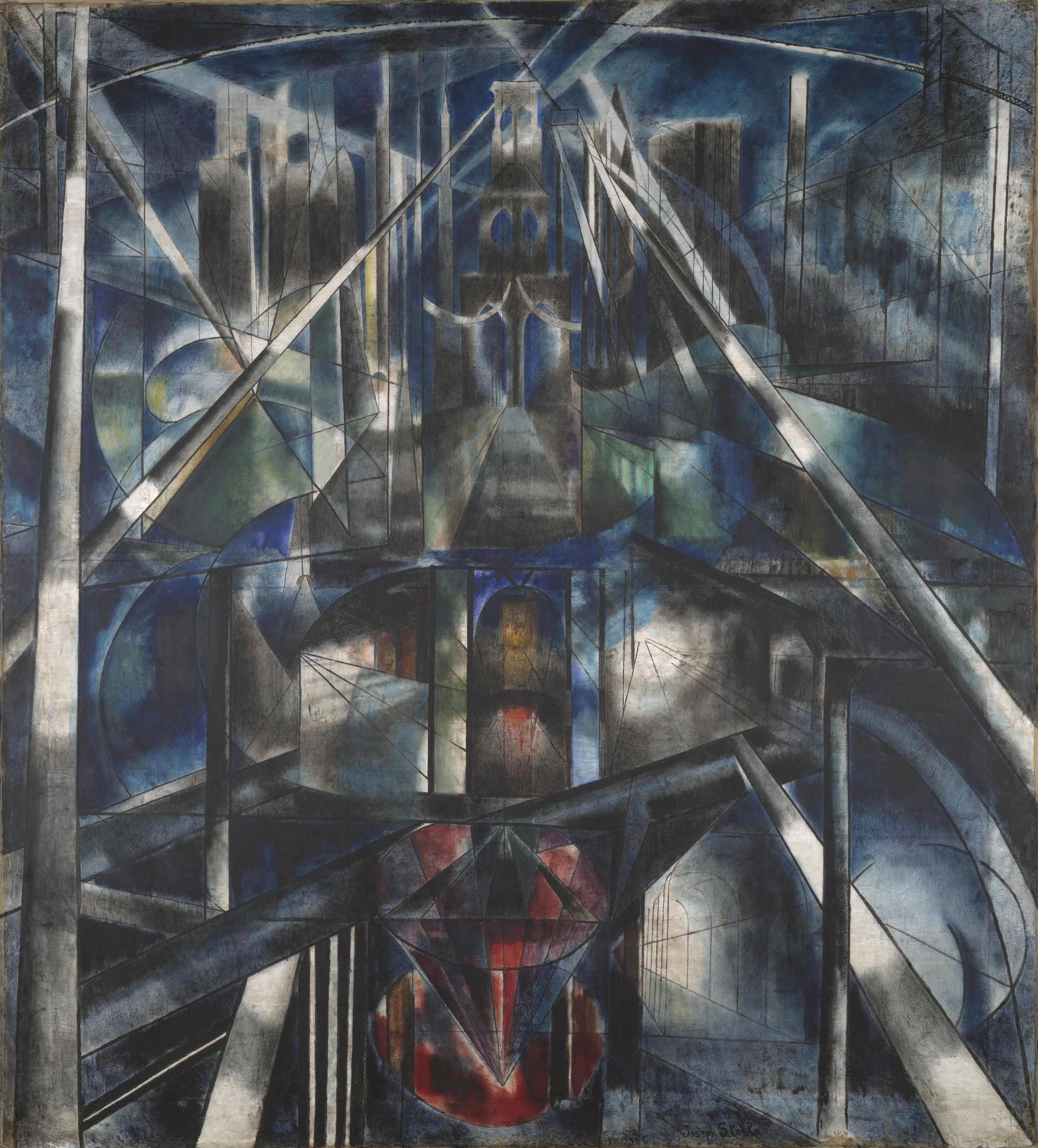There
are different types of contemporary classical music that fall under the heading
“postmodern.” Minimalism, for instance, can be considered postmodern. Or what
about aleatoric music? Aleatoric is a term used to describe the use of chance
to create something—a quality of postmodernism. Today, let’s focus our
attention on how John Cage experimented with this type of music.
Influenced
by Zen Buddhism, composer John Cage often used aleatoric methods in his work,
believing music with structure that creates a sense of emotion or imagery for a
listener was old news. His approach opened up opportunities for audiences to
hear sounds as they are, leaving it up to chance to determine the performance
outcome. One example of this method can be found in his Music of Changes, a piano work that uses the Chinese I-Ching method of tossing coins to
determine the outcome.
Another
aspect of aleatoric music is indeterminacy. Indeterminacy leaves certain
aspects of a piece unspecified so that the outcome is up to the performer’s
interpretation. The composer may provide various graphics or instructions in
the score but the performance will vary each time it is played. Cage’s infamous
4’33’’ is a great example of this.
Join
me next month as we look at classical crossover!




